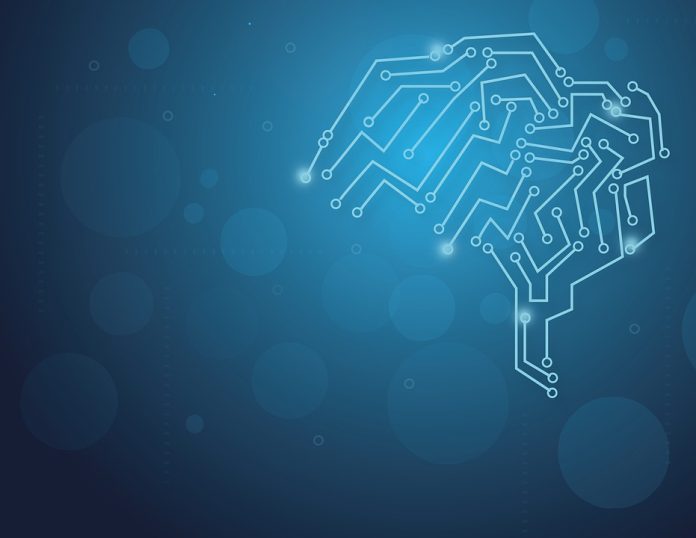How do AI algorithms learn?
Artificial Intelligence (AI) algorithms are designed to learn like humans do. However, their learning process is quite different from ours. Unlike us, they don’t attend schools or watch tutorials to gain new knowledge. Instead, they rely on data, analysis, and statistical models to make decisions and achieve tasks. In other words, they learn by experience.
At the core of the AI learning process are neural networks. They are paths of communication between input and output layers. These networks are responsible for processing and analyzing vast amounts of data to identify patterns, make predictions, and improve performance over time. In essence, the more data an AI algorithm is fed, the better it gets at performing a specific task.
There are three primary ways that AI algorithms learn, and these are supervised learning, unsupervised learning, and reinforcement learning.
Supervised Learning
Supervised learning is the most commonly used method by AI algorithms to learn. It involves teaching the algorithm by providing labeled data that already has the desired output. The algorithm uses this labeled data to recognize patterns and make predictions. The output of the algorithm is then compared to the expected output, and the error rate is used to update the algorithm’s mathematical model to increase its accuracy.
Example of Supervised Learning:
Let’s say you’re creating an AI algorithm to identify if a given input image is of a cat or a dog. You would feed the algorithm a large set of labeled images where the correct answer is provided alongside each image. The algorithm would then learn what features are significant identifiers of a dog or a cat. Over time, the algorithm improves its performance and can provide more accurate predictions for new images.
Unsupervised Learning
Unsupervised learning is the process of letting the AI algorithm learn without any supervision. This approach is ideal when dealing with unstructured data such as images, text, or videos. The algorithm sifts through vast amounts of data looking for patterns and clusters that the human eye may not be able to identify. Unsupervised learning is frequently used in clustering, recommendation systems, and anomaly detection.
Example of Unsupervised Learning:
Suppose you want to determine customer segmentation using your customer’s purchasing history. Using unsupervised learning, the AI algorithm would group customers with similar purchase behavior, identifying segments such as “price-conscious” or “brand-loyal”. From there, you can tailor your marketing strategy to better suit each customer group.
Reinforcement Learning
Reinforcement learning is a form of learning where the AI algorithm discovers the best possible result in a given environment. This learning algorithm receives feedback in the form of rewards (positive reinforcement) or punishments (negative reinforcement) to produce the best output. Reinforcement learning is currently used in robotics, gaming, and automated planning systems.
Example of Reinforcement Learning:
Suppose you have an AI-powered game, where the player must save a character from falling objects while earning points. The AI algorithm learns to maximize points through trial-and-error, navigating how to move the character best to save them from falling objects. The rewards system encourages the algorithm to continue improving its performance after each game round.
Conclusion
AI is not only rapidly evolving but also an incredibly effective tool for many industries. The learning process by neural networks helps AI algorithms adapt to new situations and increase their accuracy over time. The three primary methods of supervised, unsupervised, and reinforcement learning all contribute to the robustness of AI.
These methods allow AI algorithms to learn quickly and at a scale that we can not match. As such, we can expect AI to continue redefining the status quo across many industries. So, it’s not a case of can we use AI, it’s how can we leverage AI to achieve more.

